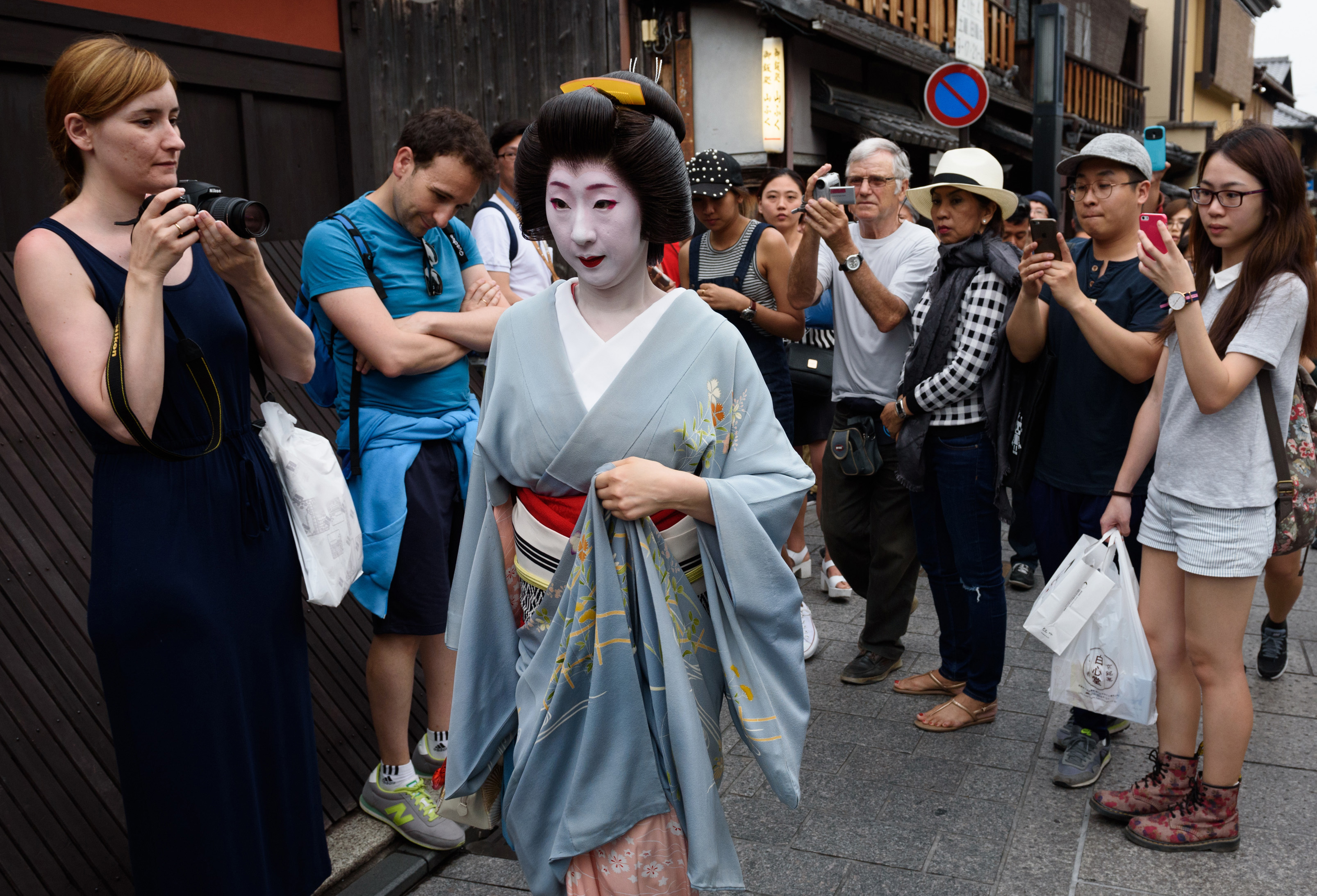Not so long ago, there were 駅貼りポスター (ekibariposutā, posters on train station walls) exhorting us Tokyoites to hotfoot it to Kyoto. そうだ、京都行こう (Sō da, Kyōto ikō, "I have an idea, let's go to Kyoto") was the slogan on the poster, which depicted the 古都 (koto, ancient capital) in all its beautiful moments, against the backdrop of the renowned 日本の四季 (Nihon no shiki, four seasons of Japan).
Correct me if I'm wrong, but you just don't see those posters with the same frequency as before, for the simple reason that Kyoto, aka 日本人の心の故郷 (Nihon-jin no kokoro no furusato, the hometown of the Japanese heart), is bursting at the seams with 外国人観光客 (gaikoku-jin kankōkyaku, foreign tourists). There just isn't any room for us indigenous Japanese folk anymore.
For many Japanese, especially those of us in 関東 (Kantō, the Kanto region), Kyoto has always been a snobbish, expensive and unwelcoming kind of place, with surprisingly little in the way of amenities and facilities for the casual traveler. But we could count on a few solid staples, like being able to hang out at 円山公園 (Maruyama Kōen, Maruyama Park) without being stampeded, book a reasonably priced hotel room without having to scramble around for a 民泊 (minpaku, Airbnb-style home lodging) and the freedom to sit down to morning coffee at one or other of Kyoto's tiny, dark and smoky 喫茶店 (kissaten, coffee shops) that serves hot buttered toast from 7 in the morning.


















With your current subscription plan you can comment on stories. However, before writing your first comment, please create a display name in the Profile section of your subscriber account page.